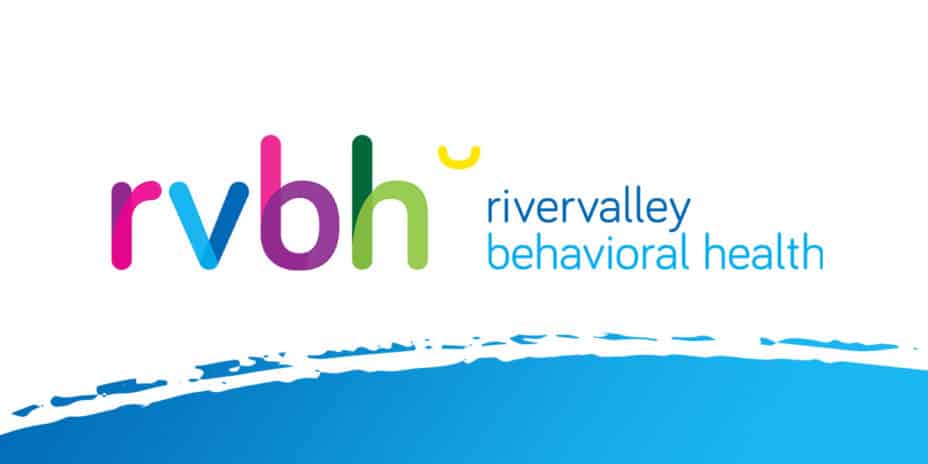
This article is from the Messenger-Inquirer.
Post traumatic stress disorder is most often associated with military veterans.
It shouldn’t be.
It is estimated PTSD affects about 8 million adults nationwide annually. Combat can trigger an anxiety disorder; however, natural disasters, sudden emotional loss, domestic abuse and sexual assault can, too.
Any event that is shocking, scary or dangerous can lead to PTSD.
Eye Movement Desensitization and Reprocessing, commonly known as EMDR, is a psychotherapy used to treat anxiety disorders. While EMDR was controversial when it was discovered in the 1980s, more than 30 studies since have shown its effectiveness.
Some clinicians at RiverValley Behavioral Health are trained to use EMDR.
“It is used for anyone who has experienced trauma, anyone who has experienced an event that has caused psychological symptoms, such as flashbacks, bad dreams or nightmares, and emotional blocks,” said Lionel Phelps, clinical psychologist and vice president of research and development for RiverValley Consulting Services.
More than 100,000 clinicians worldwide are now trained in EMDR, he said. And millions of people have been treated successfully during the past 25 years.
Many combat veterans hesitate to talk about their experiences on the battlefield. Likewise, for anyone who experiences a traumatic event.
With EMDR, they don’t have to.
Further, patients do not have to relive painful memories over months of treatments, and there is no homework associated with EMDR.
Officials with the EMDR Institute believe these reasons contribute to patients being more willing to initiate treatment, and they experience a low drop-out rate as compared to other types of therapy.
According to the EMDR Institute, 78% of combat veterans no longer met the criteria for PTSD after receiving 12 EMDR sessions.
“There were no dropouts and effects were maintained at three- and nine-month follow-up,” the institute reports.
A study funded by the Kaiser Foundation found 100% of single-trauma victims were no longer diagnosed with anxiety disorder after only six 50-minute treatments.
EMDR is not a form of hypnosis, the EMDR Institute reports. Hypnosis induces a state of mental relaxation. By contrast, EMDR does not.
“In fact, deliberate attempts are often actually made to connect with an anxious mental state,” the institute reports.
In 1987, Francine Shapiro, the founder of EMDR, was walking through a park when she found certain eye movements helped decrease anxiety associated with her memories. She theorized eye movements had a desensitizing effect. In later experiments, Shapiro found a similar response in others.
After some study, she realized eye movements alone failed to produce the therapeutic results intended, so she added other elements to treatment, such as a cognitive component.
EMDR therapy is an eight-phase treatment.
The first phase seeks out the patient’s distressing memories. In phase two, the therapist may teach the client imagery and stress reduction techniques.
In subsequent parts of the treatment, clinicians ask clients to hold certain aspects of the traumatic event in their thoughts. Then, the patient uses his eyes to track the therapist’s hand as it moves across the field of vision. Taps and tones may be used as well.
A Harvard researcher has connected EMDR to biological mechanisms experienced during rapid eye movement sleep.
During EMDR treatments, patients reprocess disturbing memories so their brains can begin the healing process. For example, the EMDR Institute uses the example of a rape victim who experiences self-disgust before EMDR. But after successful treatment, she may develop a new attitude about herself. EMDR should help her focus on the fact that she’s a survivor.
“It’s not perfect,” Phelps said. “One hundred percent of people will not benefit, but it won’t harm anyone. EMDR doesn’t remove what happened to you, but it can certainly help you go on to live a happy life.”
The number of treatments varies, depending on the problem and client history.
According to Phelps, adults must experience all of the following for at least a month to be diagnosed with PTSD:
• At least one re-experiencing symptom (flashbacks, nightmares, frightening thoughts)
• At least one avoidance symptom (avoiding places that are reminders, avoiding thoughts)
• At least two arousal and reactivity symptoms (easily startled, feeling tense or on edge, anger)
• At least two cognition and mood symptoms (guilt, blame, negative about self, loss of interest)
To learn more about EMDR, go to www.emdr.com. To make an appointment for treatment, call 270-684-9466. Also, patients may call or text RiverValley’s 24/7 crisis line at 800-433-7291.
Renee Beasley Jones, 270-228-2835, [email protected]
Published on October 2, 2019
